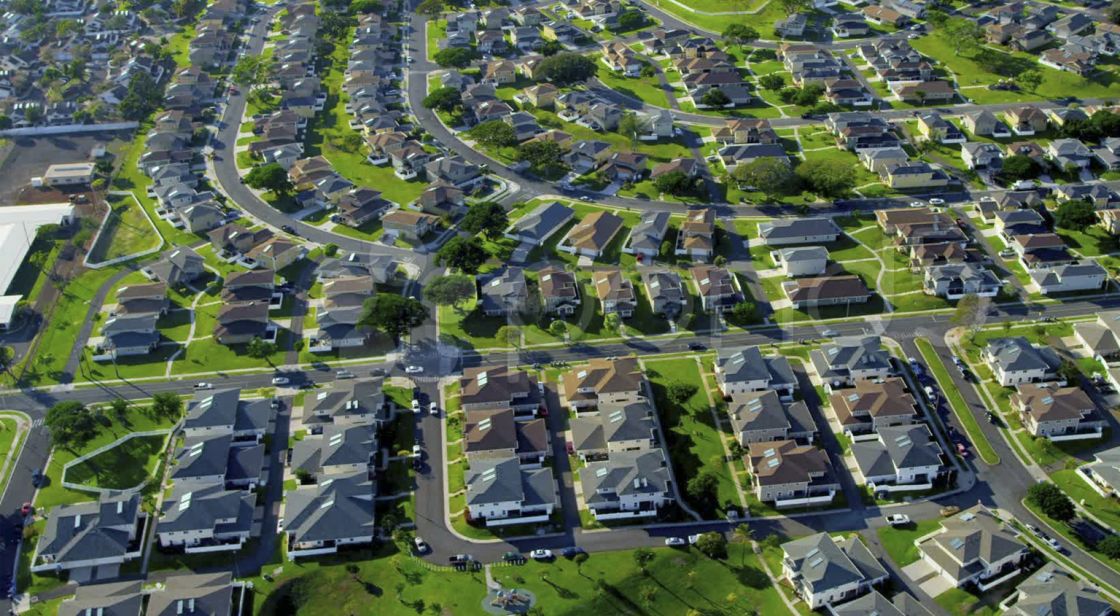As we discussed in Part 1, the U.S. is poised for an unprecedented period of growth. It’s an age-old human theme that as every new generation emerges to replace an older one there is a tendency to rebel against the ideas of the previous generation. In this case, the “idea” is that the suburbs are the ideal place to live. And while I think it is safe to say that the appeal of the suburbs built on the premise of cheap fuel is waning, we need to recognize that there were certain aspects of these communities that work. We need to take those concepts that actually work, distill them down to their basic forms, and then incorporate them into new ideas for how cities are shaped.
While suburbsare often justly maligned as being energy intensive, auto-dependent, dull, and impersonal, they are also generally safe places to raise families, incorporate nature, and affordable. Much has been made of the migration of young people to cities, but if cities want to keep this generation as they grow older and start families, they need to incorporate the best aspects of the suburban lifestyle that many of this generation grew up with.
The city of tomorrow cannot simply be a retrofit of the city of the past. While it is true that retrofitting may work for select cities, (notably a great deal of cities in the Northeast, where we are) it is not a model that can be replicated around the country. Replacing a dilapidated three-story structure with an expensive new high rise on one block may create flashy marketing material but it often doesn’t do much to restore the city as a whole on its own. And while density does tend to create interesting, walkable environments, as Penalosa points out (see Part 1 of this series), density for density’s sake isn’t always the best way to create a new environment. Midtown Manhattan can be an exciting place to visit, and it certainly appeals to a segment of the population as a great place to live, but there are just as many people who find that environment unappealing. The way forward will be figuring out a way to create safe, affordable, walkable, connected and interesting places that appeal to all generations.

